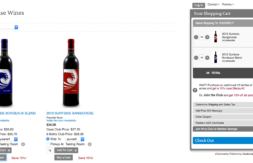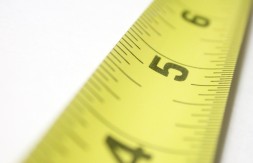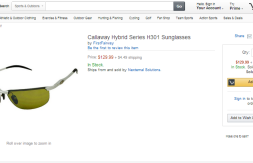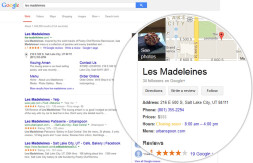Why is My Shipping Bill So High?

Your eCommerce system is set up to use real time shipping rates, coming directly from your shipping carrier. You are confident that your product weights are accurate. But then you get your bill from Fed Ex or UPS and discover that somehow, you’re losing money on shipping! How can this be? You scan your shipping invoice for answers, but it’s peppered with unrecognizable codes and fees that leave you scratching your head. What is going on?
The most common explanation that we see for a shipping fee discrepancy is due to box sizing. This is based on a client’s misunderstanding of the importance of box sizes, and thus their shipping configuration and processes don’t respect this. Shipping rates can differ drastically when you change the size of a box if your shipment is A) expedited (using air service) or B) very large dimensions (over 3 cubic feet). The article below introduces the concept of “Dimensional Weight” and how to calculate it, explains when box sizes are important with air and ground shipments, and some tips for shippers that can save you money in the future. Note that this article focuses on domestic shipments using Fed Ex and UPS.
What is Dimensional Weight? Think of it as a fancy method for billing calculations in the shipping world, which takes the dimensions of the package (height, weight, and length) into account. It helps carriers, who have limited truck space, from losing their shirts by filling their trucks on large but light weight shipments. What you need to know is that dimensional weight is used for calculating price on SOME shipments, and actual weight is used on other shipments (illustrated below).
- On AIR shipments, you will never be charged for a weight LESS than the dimensional weight, regardless of how little weight you put in that box. So, if your box is 12”x12”x12”, you will be charged for at LEAST ten pounds if you’re shipping express, even if you put two pounds of goods inside of it, or six pounds of goods inside of it.
- On AIR shipments, when the actual weight is higher than the dimensional weight, the actual weight is used. The price of the above package won’t change until the weight exceeds the dimensional weight (over 10.4 pounds). At that point, every item added to the box will increase its weight, and charge.
- On GROUND shipments, large boxes will always be charged the dimensional weight, until your actual weight exceeds dimensional weight. A box that is 5,184 cubic inches or more when multiply width x height x length will always get a dimensional weight charge.
So… what does this mean in terms of your shipping configuration, and shipping processes? Below are some money-saving tips for shipping with respect to box sizes and dimensional weight.
1. Know the Dimensional Weight for each of your box sizes. Write this information down somewhere close to where you pack boxes to ship. For domestic shipments, the formula is cubic size (in inches) divided by 166.*
Domestic Dim Weight Formula:
Length x Width x Height / 166
- Example Box A: 12”x12”x12” = 1728 cubic inches / 166 = 10.41 lbs dimensional weight
- Example Box B: 9”x9”x9” = 729 cubic inches/166 = 4.39 lbs dimensional weight
2. If possible, keep large, lighter items below the ground dimensional weight threshold. If you are packing large but light weight items in oversize boxes (5,184 cubic inches or more), try lowering your box size by just one inch to avoid the dimensional weight charge. Alternatively you might consider passing the shipping fee along in the price of item, or price of shipping (in the Nexternal system, this would be in the product overrides section). Examples of a few box sizes that would receive dimensional weight charges include 24”x28”x12”, 28”x14”x14”, 18”x18”x18”.
3. Reduce box sizes as much as possible. EVERY inch counts when it comes to air shipments. The cost of an eight pound two-day shipment from California to Florida in a Box 13”x13”x13” = $80.13. If you can shave off a single inch on all dimensions to 12”x12”x12”, the price is $67.81. The difference on this package is $12.32, or 15% SAVINGS!!!
4. Enter your box sizes into the system. If your eCommerce system allows it, enter your box sizes for your shipments, and specify the amount of weight or products you would like to put in each box. As we’ve demonstrated, box size is vital information for express and large shipment rate accuracy. If you do NOT have box sizes in your system, your shipping carrier will use the actual weight to determine the rate to offer to your customer. However, if the dimensional weight is larger than that weight, due to box size, you will be paying more to ship this box than the customer was quoted – hence you could be losing money! (In the Nexternal system, you may do this in Settings / Compatible Software / Online Shipping Tools / Preferences. Items that ship in their own boxes can be indicated on each product’s override section).
5. Communicate with your shipping staff. For each shipment, indicate the box size used to determine the rate, and let shippers know that if they increase box sizes, they will cost the company money. Often, the people filling boxes don’t know how important this is, and this kind of training goes a long way.
Hopefully the above tips will help you and your customers save some serious shipping cash!
*This article is based on information from August 2013. Check your shipping carrier’s service and updated fee guide for the most updated information regarding its pricing.














